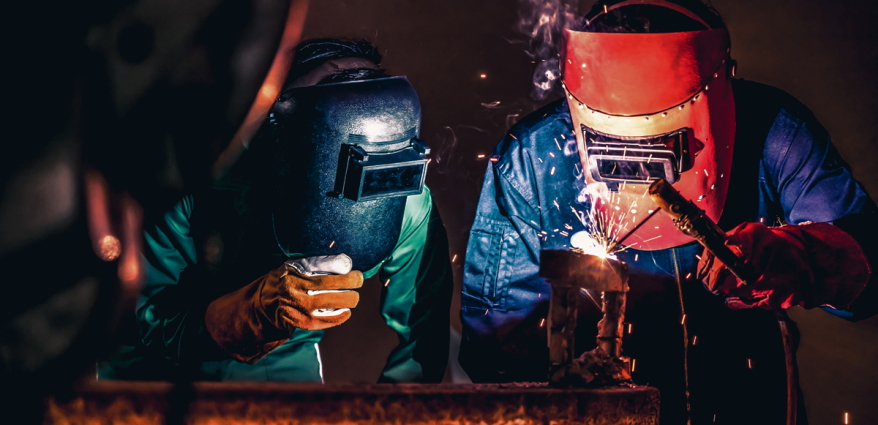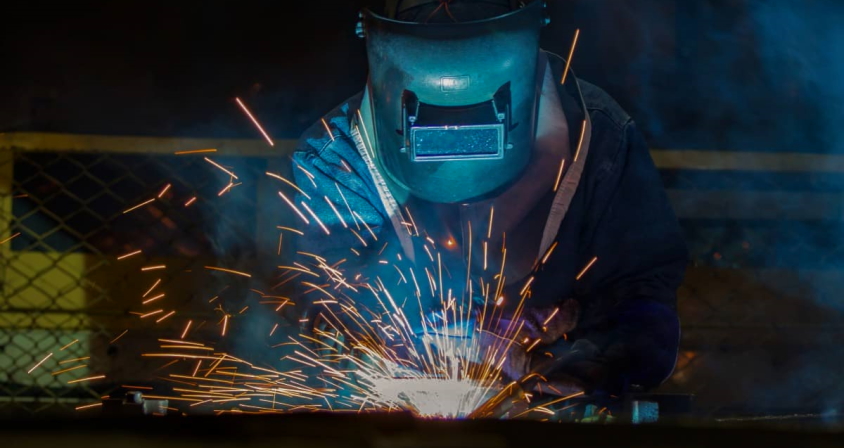The welding helmet is the highest form of facial protection for a welder. There are many kinds of welding helmets, mainly on the market, each with its characteristics and features, all to provide a handy instrument to the welder. Regardless of its form, size, viewing area, or controls, each welding helmet must satisfy the National Safety Standards that were developed to guarantee that helmet users can operate comfortably and safely. Each kind of welding helmet is intended to provide various benefits to the welder. This is why many of the varieties, and the characteristics of these types, are combined by manufacturers to produce more effective as well as protective welder headgear.
Tips For Choosing a Welding Helmet
Selecting the right welding helmet from different types of welding helmets is not that easy. Following guide will help you choose best welding hamlet for you:
- Viewing Area
Welding helmets are available with a variety of viewing areas. A wider viewing area allows for more sight of the weld and weld region, whereas a smaller viewing area allows for a more concentrated perspective. When considering a wider viewing area, the mass of the helmet might have been an issue.

- Count Of Sensors
The number of sensors in a hobby-level helmet varies from two to four in a heavy-duty helmet. More sensors equal more excellent coverage, particularly for out-of-position welding when a sensor may be blocked. Three sensors might well be adequate for manufacturing or if you have a good view of your job. Four is ideal for most manufacturing and outstanding tasks.
- Grind Mode
Welders must consider what applications and procedures they can execute in addition to high-definition optical and lens technology. In today’s workplace, a welder may be responsible for welding and for cutting and grinding.

- Operating Cost
It is not surprising that new and enhanced features may increase a helmet’s price, and beginning costs constitute a significant issue. On the other hand, wearing an ill-equipped welding helmet may be much more expensive in the long term if the welder is continually needing to repair errors or has to restrict welding time due to strain and pain.
- Fixed Shade Lenses
While soldering helmets may be utilized in many different welding procedures with fixed shade lenses, you should benefit from them if you primarily solder a standard material type. In this manner, you may be sure that the fixed shaded lens you’re using is functioning correctly without simply examining it on unfamiliar materials. Because selected shade lenses lack auto-darkening filters, they cannot adapt to various degrees of arc brightness. The welder must ensure that he uses standard voltages and materials that do not need additional degrees of darkness to safeguard his eyes.

